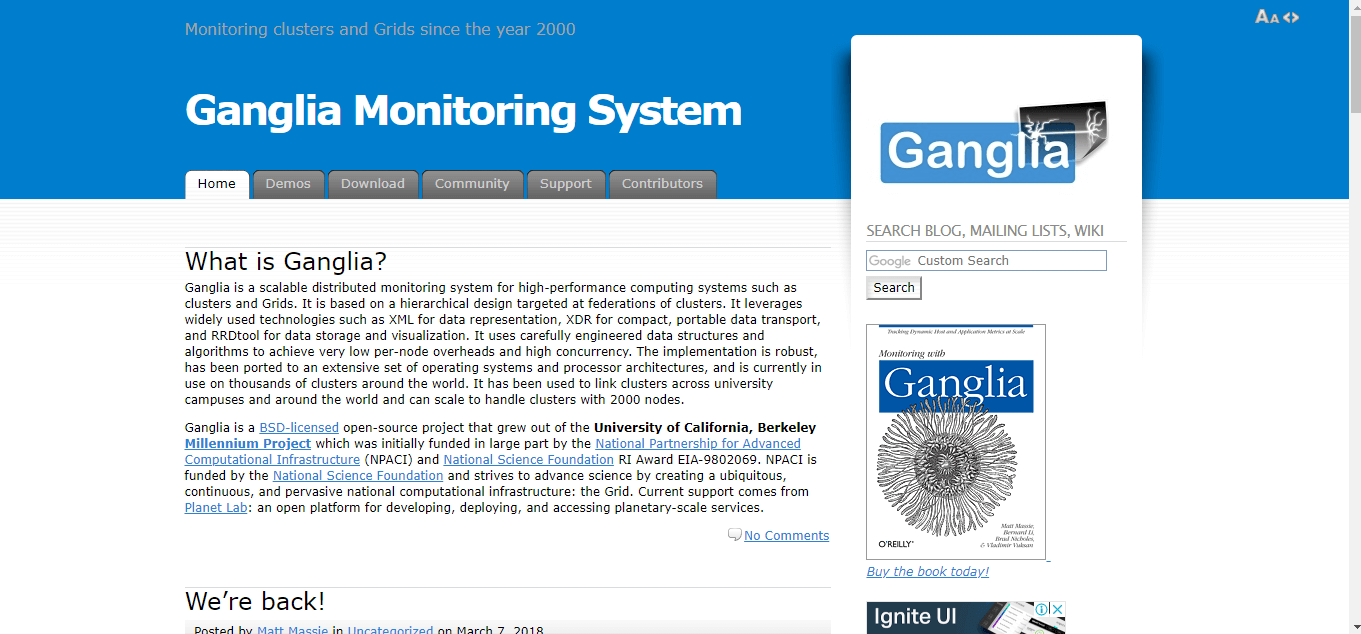DevOps is no longer a simple buzzword, but instead, it has become a crucial practice that many development companies live by. It’s become a process that is changing the industry. DevOps is an approach that combines the development and operations team for continuous improvement. This helps reduce the friction between the two teams and ensures a more smooth approach to building apps.
However, due to the intensive work schedules of developers, any tool that can help simplify your work further can help reduce the hours you spend in front of the computer and ensure you improve the efficiency of your team.
While the list of popular DevOps tools are already out there on numerous websites, we thought we’d bring to you a list of unique DevOps tools that you may not have heard of. These tools are extremely helpful and can easily be integrated into your DevOps projects.
Here’s the list of 10 DevOps Automation Tools to Master
1. PagerDuty

PagerDuty is an operations management platform that helps you improve your business’ brand reputation. It is an incident management solution that supports continuous delivery strategy that turns any signal into insight and action to improve agility and visibility across organizations. In simple words, this monitoring system will check for any disruptions and outages in the process through machine learning and automation and then sends alerts to the clients regarding the outages to ensure that a quick response is taken. It offers features such as real-time alerts, visibility into critical systems and applications, allows scheduling & automated escalations and so much more.
2. Prometheus

Prometheus is another open-source monitoring and alerting toolkit that offers support for more than ten languages. It offers a powerful and driven community and was originally built at SoundCloud before becoming and stand alone software. It comes with features such as a multi-dimensional data model, a flexible query language, time series collection via a pull model over HTTP, multiple modes of graphing and dashboarding support, etc.
Read More: – 10 Innovative IoT Examples In Today’s World
3. Ganglia

Ganglia is a scalable, distributed monitoring tool, but it has been designed keeping in mind high-performance computing systems, clusters and network. It is used to view statistics covering metrics such as CPU load averages or network utilization for many nodes. It uses technologies such as XML for data representation, XDR for compact, portable data transport, and RRDtool for data storage and visualization. It offers features such as the ability to handle more than 2,000 clusters and scalable monitoring system based on a hierarchical design.
4. Snort

Snort is an open-source security DevOps tool that detects and prevents intrusions into the system. According to the website it offers features such as, “…performing real-time traffic analysis and packet logging on IP networks. It can perform protocol analysis, content searching/matching, and can be used to detect a variety of attacks and probes, such as buffer overflows, stealth port scans, CGI attacks, SMB probes, OS fingerprinting attempts…”.
Read More: – How is IoT Impacting Cybersecurity Technology?
5. Splunk

Splunk is a data analysis and visualization software that simplifies big data into something more understandable. It captures, indexes, and correlates real-time data in a searchable repository from which it can generate graphs, reports, alerts, dashboards, and visualizations. It offers features such as data drive analytics with actionable insights, next-generation monitoring and analytics solution, etc.
6. Juju

Juju is an open source modeling tool that focuses on reducing operation overheads by deploying, configuring, scaling and operating the software on public and private clouds. The objective of Juju to is to simplify the process deploying and operating complicated technologies and software. It makes it possible to automate cloud infrastructure and deploy application architectures and offers features such as easy configuration, management, maintenance, deployment, and scalability.
Read More: – 10 Trending Tech Products Currently On The Market
7. Saltstack

Saltstack is an open source Python orchestration tool that ensures developers can easily deploy and manage their projects in the cloud. It offers shows real-time logs, errors queries, and more directly into the workstation. It offers competition to other orchestration tools such as Ansible, Puppet, and Chef. It offers some amazing features such as detailed logs of all types of web requests, eliminates messy configuration or code changes, instant feedback to ensure your .NET or Java web apps are performing well, allows finding and fixing bugs before production, etc.
8. Terraform

Terraform is an infra provisioning tool that is written in Go programming language. It helps in building, changing, and versioning infrastructure safely and efficiently. It can perform on existing service providers as well in-house solutions. Terraform’s simple infrastructure ensures that you can codifiy APIs into declarative configuration files that can be shared amongst team members, treated as code, edited, reviewed, and versioned.
Read More: – 10 Amazing Smart Home Technologies
9. Monit

Monit is an open source tool for managing and monitoring UNIX systems. It performs automatic maintenance and repair and can execute meaningful causal actions in error situations. Monit can be used to monitor files, directories, and filesystems for changes, such as timestamps changes, checksum changes or size changes.
10. Squid

Squid is a caching proxy for the Web supporting HTTP, HTTPS, FTP, etc. It’s the main objective is to reduce bandwidth and improve response times by caching and reusing frequently-requested web pages. Its extensive control makes it an amazing service accelerator and allows it to run on multiple operating systems including Windows.
Why Should You Learn DevOps
DevOps has become an important part of today’s development culture with a lot of organizations, both big and small, integrating this approach to their development process. DevOps ensures that you not only utilize your resources properly but also cuts back on development hours as well as money.
DevOps offers a lot of benefits in addition to reducing your overhead costs and resources. You also get a more seamless product that works spectacularly at every stage, from production to testing to deployment.
With DevOps becoming such an integral aspect, it is no wonder that there are also many different tools that people have designed to ensure that you end up using your codes optimally. These tools can help enhance your projects and take them to the next level.
Where Can You Learn DevOps?
If you want to become a master at DevOps, then look no further than Eduonix’s upcoming DevOps E-Degree! This set of courses have been designed for developers with every level of experience, from beginners to advanced users.
It has been created to start at the very beginning and will include not only fundamental concepts of DevOps, but also more common tools such as Jenkins, Ansible, Puppet, and so on. The E-degree will offer a complete immersive learning experience.
So, if you want to get your hands on this amazing course, then they need your help. They need your support to get this course up and running. All you need to do is go to Eduonix’s Kickstarter Campaign Page and select a pledge.
Every dollar counts and helps in bringing this course to you!

